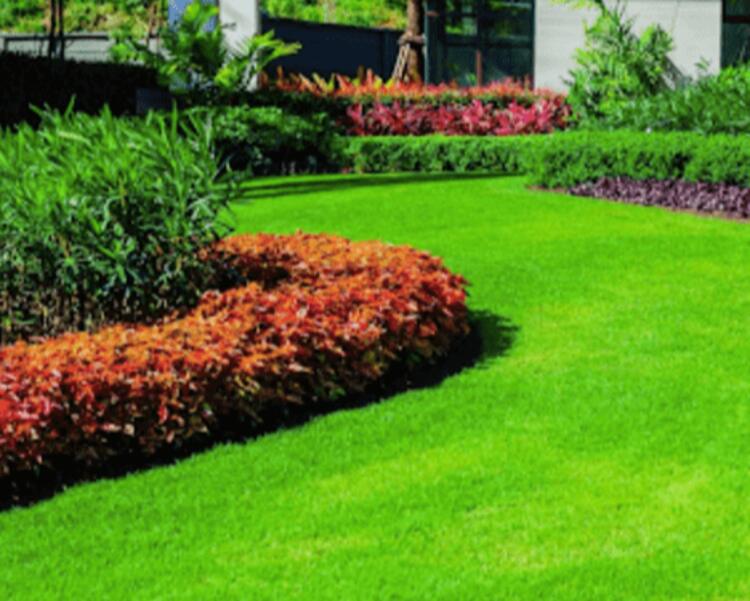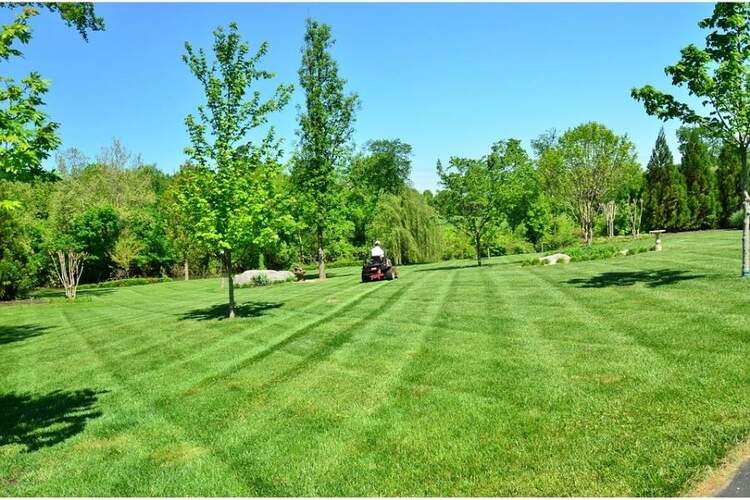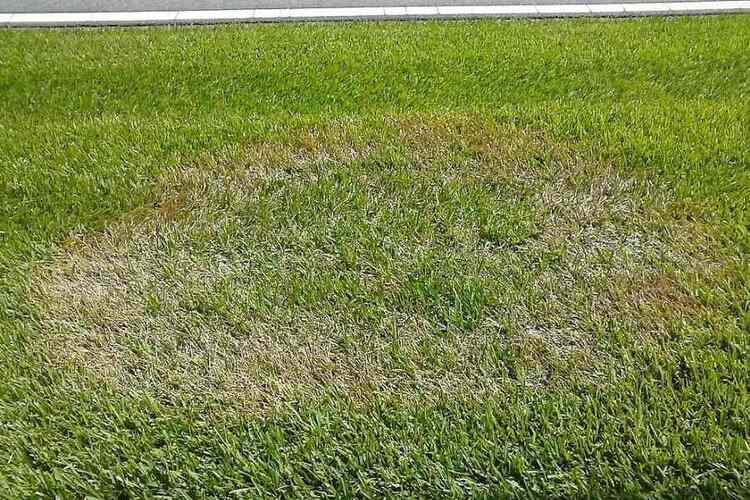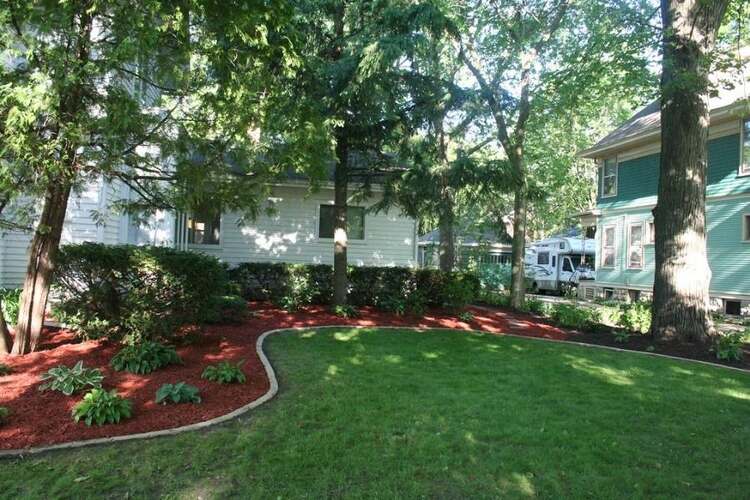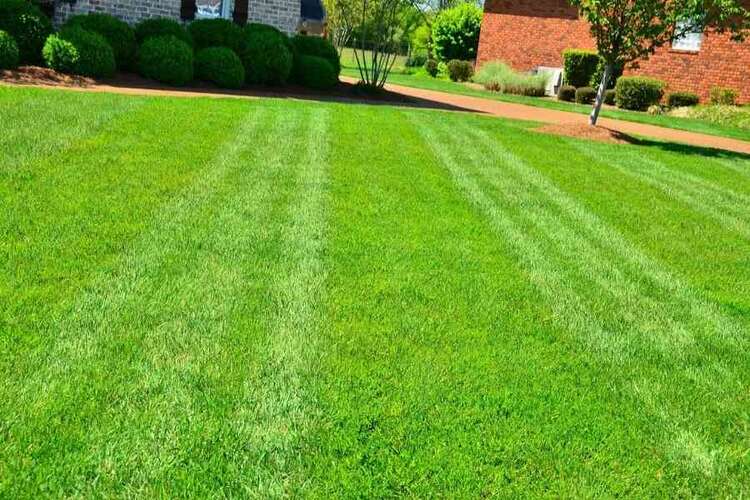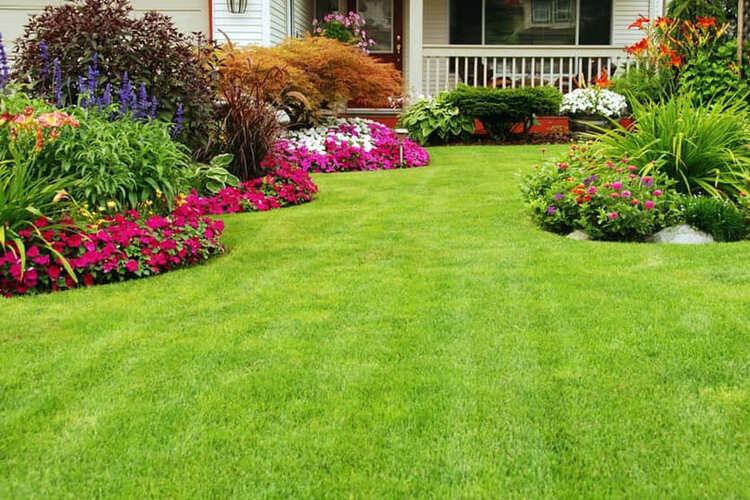When Should I Apply Liquid Fertilizer To My Lawn? Ideal Time
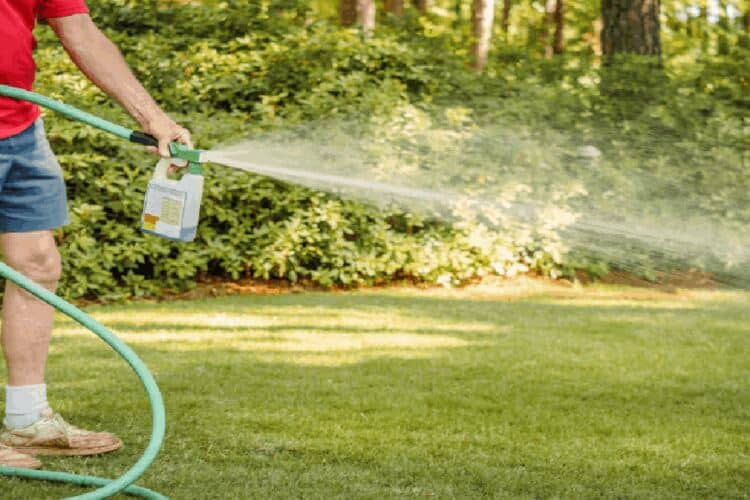
Liquid fertilizer supports the development of more vigorous plants and a healthier lawn. So, when should I apply liquid fertilizer to my lawn? Liquid fertilizer should be applied before cutting the initial flush of grass from the soil. Besides, plants will grow strong enough to endure the winter if you feed them between late August and early September. The article should advise not to fertilize the lawn from mid-July to mid-August.
The article should advise against fertilizing the lawn from mid-July to mid-August. Let’s dive right into the details!
When Should I Use Liquid Fertilizer For My Lawn?
You should fertilize your lawn before cutting the initial flush of grass from the soil. Besides, grass will grow strong enough to endure the winter if you feed it between early September and early October.
Once the grass starts to green up in early spring, all lawns require fertilizer. Your fertilization plan throughout the season is influenced by the type of grass, nutrient composition, and climate. Most lawn seed is a blend of many distinct species of grass, and fertilizing from spring to fall is ideal compared with Crabgrass and other types of grass that may have different needs. The label on the product is your most excellent guide regarding how often and how much to apply it.
Why Is Fertilization Important?
Your grass requires fertilizers, especially phosphorus, potassium, and nitrogen (also known as NPK). It obtains these elements from the soil. Although you have nutrient-rich soil, it might not be enough throughout the entire growing season. Standard care tasks that keep your garden looking excellent might also deplete nitrogen levels.
Keeping your garden tidy by removing fallen twigs, leaves, and clippings is essential, but small amounts of green waste can provide nutrients for plant growth. Fertilizer supports nitrogen replenishment for optimal development and creates a dense, green mat of grass and plants rather than a lawn with brown areas. Feeding your garden not only improves its appearance but may also aid in insect and weed management. However, excessive fertilization can be harmful to both the environment and plants.
How To Apply Liquid Lawn Fertilizer?
Aside from appropriate lawn care, use the best soluble-in-water nutritional compost to ensure your plants obtain enough nourishment to grow healthy and appealing. There are two methods to apply liquid fertilizer to your garden:
Use Sprayer/Garden Hose
When sprinkling, you can apply spray fertilizers using sprayers, hoses, or spreaders. Remember to use standard products or synthetic or organic fertilizer accessories that are inserted between the hose and the faucet.
You don’t need to mix because these attachments draw in minor amounts of nutrients from a tank. They spray water-soluble compost or plant food over time, allowing the lawn to absorb nutrients via the leaves.
Use A Sprinkle System
You can use sprinkling if the gear is not accessible. To do this, dilute the liquid lawn fertilizer for the lawn with water to cover roughly 1000 square feet.
To put it another way, a 25 by 40-foot area requires one pound of 5-10-5 or its equivalent in another composition. One pint of liquid with an NPK ratio of 5-10-5, 7-14-7, or 6-12-6 equals one pound of dried organic material. If you use a more robust solution, such as a 5-10-5 N-P-K ratio, make sure you utilize it in balanced proportions.
How Long Will Liquid Fertilizer Last?
Fertilize your plants three to four times a year, according to several experts. On the other hand, fertilizing more than four times a year is excessive. Depending on the year’s date, understanding when to feed your lawn can help you save money on grass fertilizers.
Excessive fertilizing, especially in sandy soils, can result in nutrient runoff, which can pollute our valuable groundwater, streams, wetlands, and lakes. Only a tiny amount of food is necessary for lawn grasses. It is not always true that more is preferable.
How Long Should You Water Your Lawn After Fertilizing?
You should moisten the soil and fertilizer thoroughly, but not to the point where puddles develop. It should just take about twenty minutes. You do not want to flush away all those beneficial nutrients or let the fertilizer wash away with the water, contaminating groundwater and neighbouring streams, rivers, and ponds.
If you are watering your garden after fertilization with sprinklers and hoses rather than irrigation facilities, ensure you move this equipment around to provide beautiful, level coverage over regions of your grass. This is especially important for Bermuda grass, which has a higher water requirement compared with Fescue.
Do You Apply Lawn Fertilizer Before Or After Rain?
It is best to do so after a rainstorm. After rain, your lawn is in good condition to absorb nutritional compost and get the most of its nutrients. Rainwater from the heavy rain may still be present in the topsoil layers, mixing with your fertilizer and surrounding the plant roots. It is more difficult to sprinkle nutritional compost on arid soil that hasn’t had rain in a long time.
Here are some pointers to assist you in taking care of your garden and keeping it healthy.
- The simplest option to get the most from your fertilizer investment is to apply it two days after intense rainfall.
- The optimum time to feed lawns is from the afternoon to the evening. It allows the plants to absorb nutrients more effectively.
- Unless you anticipate light rain in the next few hours, apply manure or nutritional compost and provide your grass with a little watering.
- Remember that you should keep children and pets off the grass for at least two days after fertilizing.
- Generally, watering your grass once a week rather than every day encourages healthy root growth. You do not need excess moisture if it rains heavily.
- Another tip for maintaining a healthy lawn is to keep your plants between 3.5 and 5 inches long. It increases the surface area available for photosynthesis, which benefits their general health.
- You’ll have to cut more frequently if you use a lot of nitrogen.
- Keep the cuttings on the ground like mulch to nourish the grass and prevent water runoff when you mow your plants.
Conclusion
After reading this article, you have the answer: “When should I apply liquid fertilizer to my lawn?”. Fertilizing is not challenging, but we have to do it properly for the best results. You can also refer to many articles on Swipe Garden for more helpful information.
Thank you for following this post!
FAQs
Related articles:


